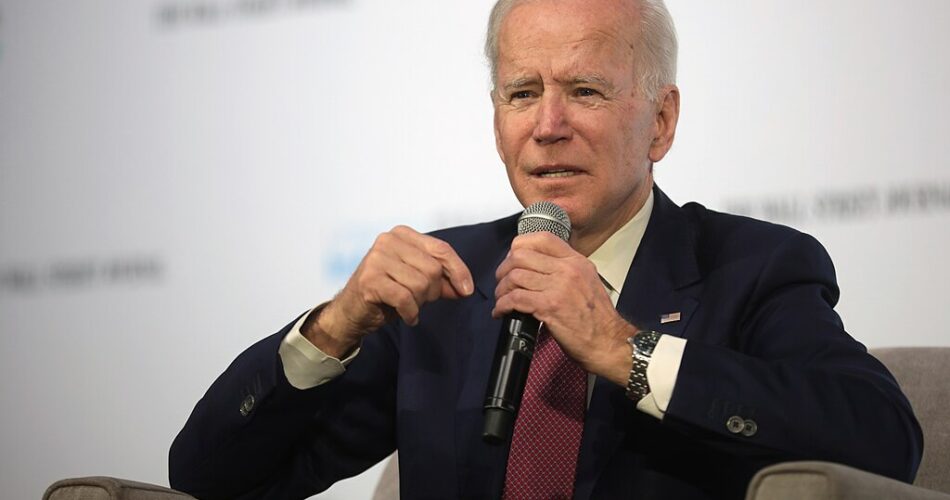He did not think before doing that.
President Joe Biden’s actions during a campaign rally in Florida sparked controversy and accusations of sacrilege, particularly among Catholic circles. As the second Catholic president in U.S. history, Biden’s decision to make the sign of the cross during a pro-abortion speech raised eyebrows and drew condemnation from various quarters.
During the rally in Tampa, where abortion was a central topic, Biden’s gesture occurred while Florida Democratic Party Chair Nikki Fried was speaking. She criticized Republican Governor Ron DeSantis for his support of the state’s six-week abortion ban, insinuating political motives behind his stance.
As Biden made the sign of the cross, the significance of his action remained unclear. However, CatholicVote.org, a pro-life advocacy group, quickly disseminated a clip of the moment on social media, denouncing Biden’s gesture as “vile” and incompatible with Catholicism’s stance on abortion.
Brian Burch, president of CatholicVote.org, labeled Biden’s action as “despicable,” accusing him of attempting to appropriate a sacred practice to endorse abortion. Others, including Bishop Joseph Strickland, joined in criticizing Biden, characterizing his behavior as sacrilegious and expressing concern for his spiritual well-being.
The backlash underscored existing tensions within the Catholic community regarding Biden’s alignment with certain policies conflicting with Catholic doctrine. Archbishop Wilton Cardinal Gregory previously referred to Biden as a “cafeteria Catholic,” implying selective adherence to Church teachings.
In addition to the abortion controversy, Biden’s declaration of Easter Sunday as “Transgender Day of Visibility” further fueled discontent among Christians. The White House, however, sought to downplay criticism, attributing the timing to coincidence and dismissing objections as unfounded.
Despite attempts to mitigate the fallout, Biden’s actions continue to provoke debate and scrutiny, highlighting the complexities of navigating personal faith within the realm of public policy. The incident underscores broader questions surrounding the intersection of religious beliefs and political actions in contemporary discourse.

This guy should stop making speeches because he has dementia and he really dose not know what is going on. I feel sorry for him. I call this Elder abuse. He is only a puppet. But sometimes he slips up enough to tell the real truth. All he knows is; I’m The President, I’m The President. His words are given to him on 3×5 cards, or with an earpiece, that come straight from BO but he still gets mixed up. He should be relieved of his office, but then we would be in worse trouble with Camala.
I was offended and disgusted and I am not even Catholic!
He should be relieved from office. The US cannot afford to be without leadership, especially in light of current world conditions. However, the current Vice President should be stepped over due to her inability to lead. Perhaps a new election should be considered to find a candidate who really has leadership capabilities and the wisdom to take the US to the “high ground” for “world guidance”.
Biden is a POS. HE is a hypocrite. And a no good for nothing political. He has never been truthful. He has amounted to be a worthless human to himself, his family and real Americans. IMO
Joe Biden is a joke as the President of the United States of America and has never done anything good for Our Great Country. The Democrats have lost track of doing anything good for our great Country, they are just out to steal our Tax Dollars!!